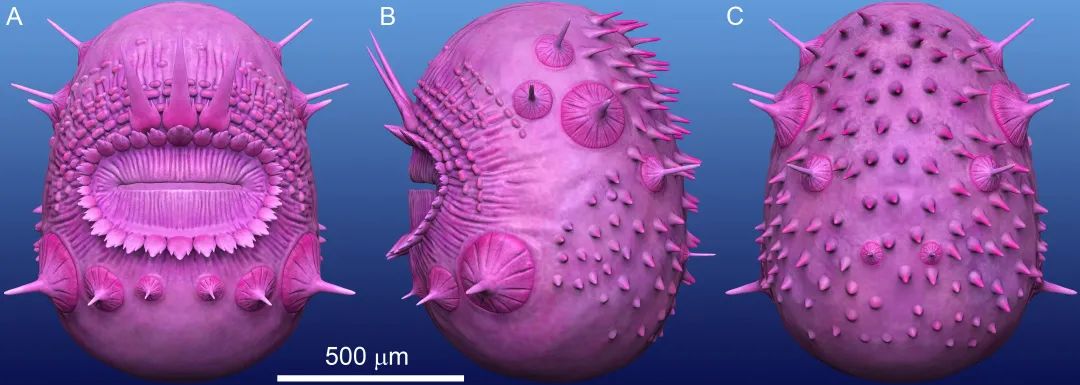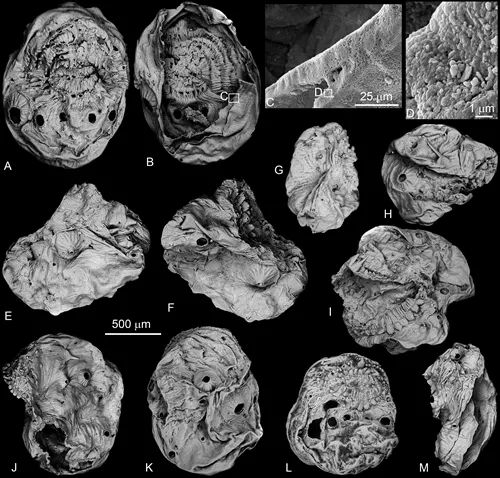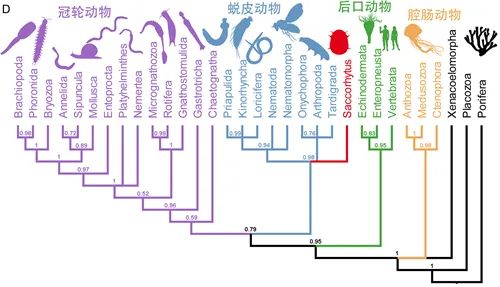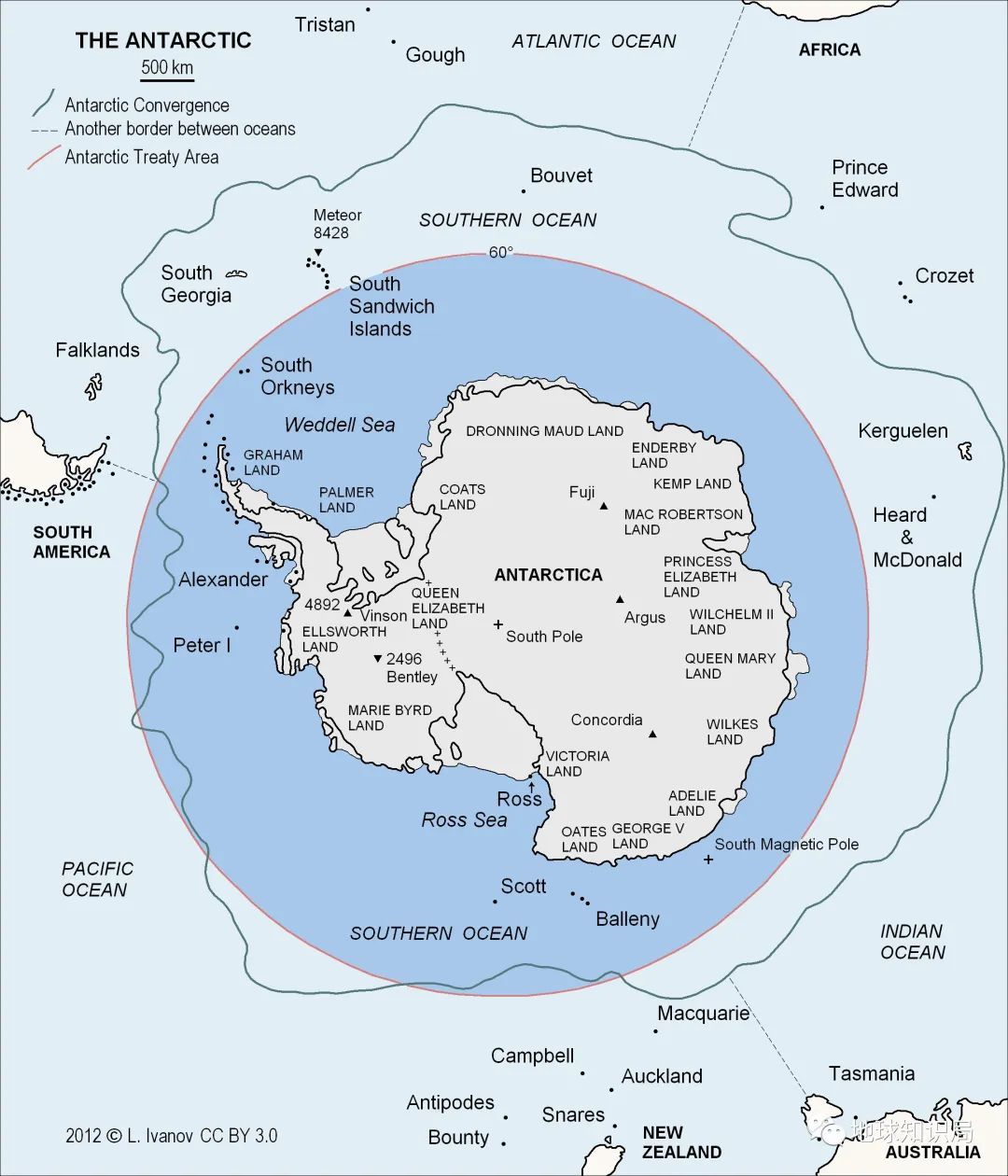[Scientific Research Progress] Important progress has been made in the research of molting animal structure.
Author:Chinese Academy of Sciences So Time:2022.08.18

Cycus recovery map (painted by Yang Dinghua)
Through the in -depth study of the micro -fossil "SACCORHYTUS" in southern Shaanxi, about 535 million years ago, it provided an important information for its personal relationship and evolution significance, and provided important information for the study of molten animals. Research papers were published online in the international top academic journal "Nature" on August 17, 2022. The achievement was by the Nanjing Institute of Geological Palace, Chang'an University, Virginia University of Science and Technology, Bristol University in the United Kingdom, Shandong University of Science and Technology, Berlin University of Science and Technology, the Institute of Geology of the Chinese Academy of Geosciences, and the Ministry of Natural Resources Completed with the international joint research team composed of scientists in Swiss light source.
The Cycat was reported in 2017 in the Cambrian Campaign of Zhangjiagou in Zhangjiagou, Xixiang County, southern Shaanxi, in the phosphorus -containing littering of Kuanchuan Shop Group, which was explained as the earliest rear animal. A millimeter -sized ancestor type that lives in the sediment of the bottom of the sea. The rear animals include echinodians (sea lilies, starfish, sea urchin, etc.), semi -cable animals (intestinal gills and feathers, etc.), head cable animals (Wenchang fish, etc.), tail cable animals (sea sheaths, etc.) and vertebrates (vertebrates, etc.) and vertebrates (vertebrates, etc.) Fish, frogs, crocodiles, dinosaurs, birds, tigers, pandas and humans, etc.). The key characteristic of supporting cysts is the "gill hole" structure in fossils, which are considered one of the original characteristics of rear animals.

Scanning electron microscopy photo of the bumper specimen
Symptoms on both sides of the millimeter size are symmetrical animals. They have a cyst -shaped body and the end of the end. The radiation -like wrinkles are developed around the mouth. The in -depth study of more complete fossil specimens based on more complete fossil specimens shows that the symmetrical arranged sides of the body of the cysts arranged a spines on both sides of the body. It is likely to be a hole -shaped structure formed by the closed bone pyramid board during the hypertiary process. Some of the key features of the filled cysts, such as the development of the epidermis, also known as the stratum corneum, the epithelium, the ends of the ends of the ends and the radiation symmetrical arrangement of the ring and the ring. It may be molten animals instead of rear animals.

System location map
The molting animal is a branch of the original animal. It includes an cyclomas (gills, kisses, tapeworms, horses, etc.) and pan -limb animals (velvet, water bears, triathleons, spiders, insects, crickets, crickets , Shrimp, crab, etc.). The earliest molting animal fossils appeared in the Cambrian Lucky Period, but they were all neurotropic animals. The vinion added a new type to known the earliest molten animals. The system position of the inside of the molting animals has not been resolved. It may be the type of ancestral ancestral type, the ancestral type of pan -limb animals, or the ancestral type of molting animals.
The molting animals generally have a "creep" process, and their latest ancestors may also be creep. The "capsule" body of the filled cysts is obviously different from the "cousin" of other molten animals, which indicates that "creep" is not the only type of molting animals. Creep.
The origin of molting animals still needs further research on the mutual evolution of the earliest molten animal in Cambrian Lucky Lucky Period.
◎ Thesis related information:
Yunhuan Liu, Emily Carlisle, Huaqiao Zhang*, Ben Yang, Michael Steiner, Tiequan Shao, Baichuan Duan, Federica Marone, Shuhai Xiao*, Philip C. J. Donoghue*, 2022.Saccorhytusis an early ecdysozoan and not the earliest deuterostome. Nature.
https://doi.org/10.1038/s41586-022-05107- z.
Note:
The first author of this article is Professor Liu Yunhuan of Chang'an University and Ms. Emily Carlisle, University of Bristol University in the United Kingdom; the author of the Chinese Academy of Sciences, Zhang Huaqiao ([email protected]), Professor Xiao Shuhai, Virgina University of Technology, Professor Philip C. J. DONOGHue, University of Bristol University in the United Kingdom.
Copywriting | Zhang Huaqiao (Nanjing Institute of Geological Paraphor Biology, Chinese Academy of Sciences)
Capture Edit | Liu Yun
Copywriting review | Chen Xiaogen
- END -
How to classify metals?Is the black metal really black?

Since the beginning of the 20th century in the era of industrialization, the era o...
Everyone knows that there is the Arctic Ocean. Do you know what the South Ocean is?

In addition to the Pacific, Atlantic, Indian Ocean, and Arctic Ocean, in the world...